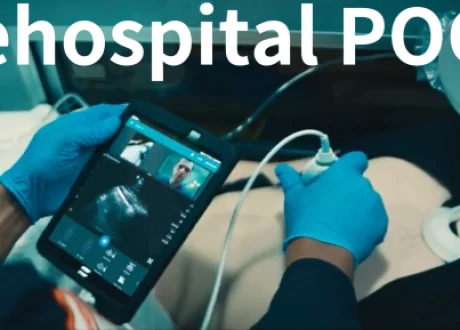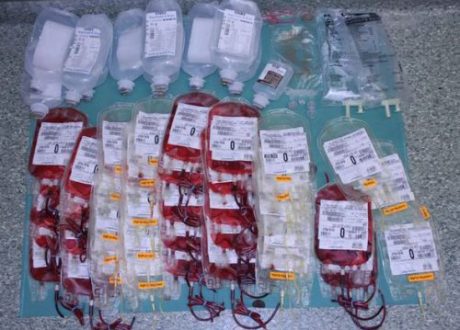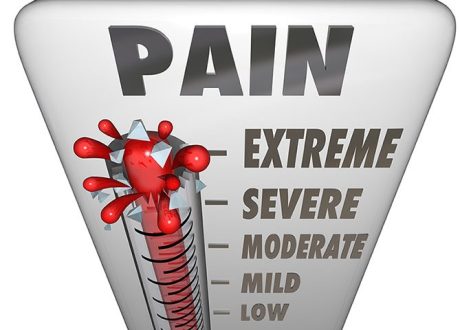Written by Rebecca DiFabio and Ketan Patel
![]()
Both rising and falling patterns in serial high-sensitivity cardiac troponin (hs-cTn) measurement were associated with significantly higher risk of 30-day MACE.
Risers, fallers, and the flatliners – sorting the chest pain crowd
Chest pain is one of the most common ED complaints, and risk stratification of these patients continues to be an important focus of research in determining which patients can be safely discharged vs. admitted. Hs-cTn testing has become integral to the “chest pain workup,” though there continue to be gaps in knowledge on how serial measurements can predict 30-day MACE, particularly when that delta troponin drops.
This single-center retrospective observational study compared 30-day MACE rates in adult chest pain patients based on serial hs-cTn measurements. Patients were grouped into 3 categories: no change (difference ≤15 ng/L), rising pattern (RP; increase >15 ng/L), falling pattern (FP; decrease >15 ng/L). Among 4,243 visits––no surprise––the RP group had the highest 30-day MACE rate (34.4%); aOR 7.68 (95%CI 5.34–11.05, p<0.001). The FP group also had a higher 30-day MACE rate (14.5%) compared to the no-change group (3.6%, p<0.001): aOR 1.99 (95%CI 1.14–3.48,p= 0.016). Key limitations include those inherent to a single-center study, the inability to determine duration of symptoms prior to collection of the hs-cTn, and lack of controlling for chronic renal disease, which can confound hs-cTn levels.
How does this change my practice?
This study offers two important reminders. First, when dispositioning CP patients, even those with a falling hs-cTn are higher risk. Second, a holistic approach, using tools such as the HEART score or other vetted CP workflow, is critical.
Source
Kinetic changes in high-sensitivity cardiac troponin for risk stratification of emergency department chest pain patients. Am J Emerg Med. 2025 Jul;93:176-181. doi: 10.1016/j.ajem.2025.04.010. Epub 2025 Apr 8. PMID: 40220709









